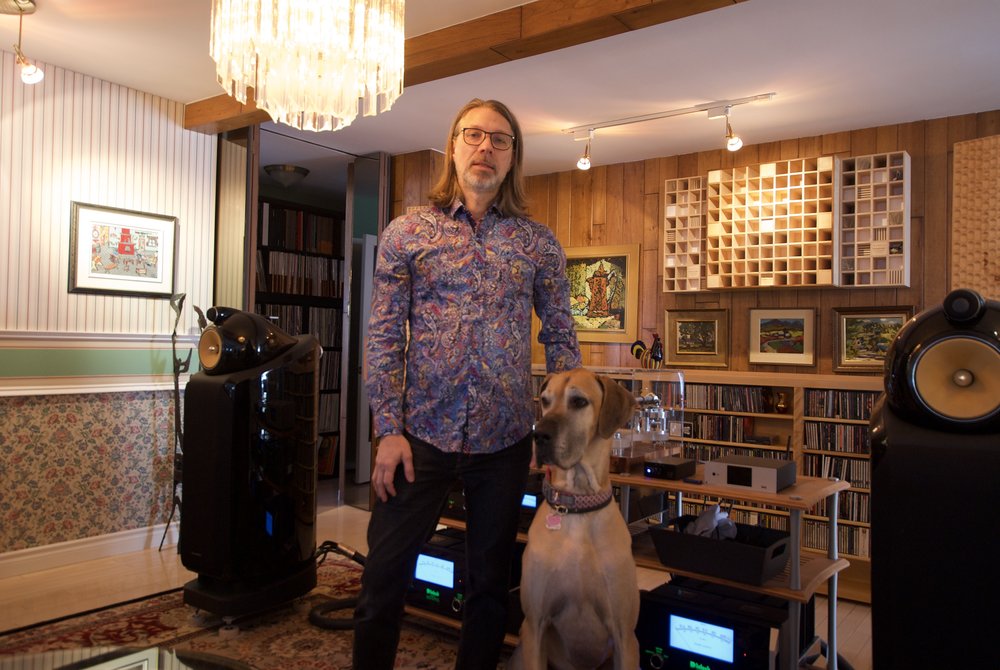
After PMA Magazine posted its inaugural “No, I have the best system in the world!”, a few willing participants answered our call to talk about their own audio journeys and “Best” system, i.e. a system they felt had reached a certain level of performance they could live with for the long term. To do the series, I had planned to visit the homes of these people, to interview them, listen to their systems, take notes and photos, and then write a profile piece on the experience. What I hadn’t planned was that most of these people would live too far from me to make physically visiting them practical. The solution? Zoom. The takeaway? This series will involve a mix of both Zoom and in-person interviews with participants.
Which brings me to Jean-Francois (JF), who lives eight hours north of me by car in a developing lakeside town. JF’s system, as is mandated by this series, has hit a synergistic point where he no longer feels the need to upgrade it. It includes both a digital source—an Ayre CX-7 Evolution CD player—and an analog one—a Transrotor ZET 1 turntable ($5455), fitted with a SME tonearm (built for Transrotor) and a Charisma Audio MC-1 Alpha cartridge ($2000) (JF also has a $6000 Charisma Audio Signature 1 cartridge in reserve). The latter source is what he turns to most often for serious music listening. “Analog is just easier to listen to than digital,” he said. “If I’m going to listen to digital, I have to listen to it before I listen to vinyl. I can’t listen to vinyl then go to digital. I won’t be able to get into it.”
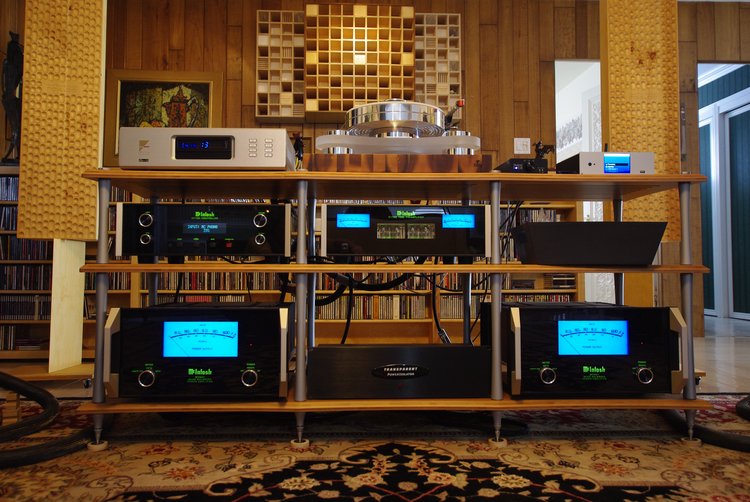
JF says even average recordings sound good and involving on his system, which wasn’t always the case. On previous setups, the sound tended to be too bright and analytical, dynamically compressed, with poor separation between instruments, and too little bass. “My system is very dynamic now,” says JF. “When the bass drum hits, you feel it in your chest. There’s a saying: ‘if your system’s highs are too pronounced, it doesn’t produce enough bass’.” To which he adds, cautiously: “But you know, it’s also a question of taste and hearing. I have a friend whose system sounds too thin to me. It has bass, but not enough. He likes it, but I like bass you can hear and feel.”
That bass physicality comes, in large part, courtesy two components, his B&W 802 Diamond 2 speakers and a pair of 600Wpc Mcintosh MC-601 solid-state monoblocks, these fed by a tubed McIntosh C-1100 preamplifier($14,000). “I had a 150Wpc tubed amp before the McIntosh that couldn’t properly power my B&Ws ,” JF said. “The sound was lifeless. You need powerful amps to get those speakers to open up.” Sets of Inovaudio spikes/decouplers placed under the speakers helped tame an earlier boominess by tightening up the bass and solidifying it.
A change in speaker positioning also reaped rewards. Once angled toward the listener’s position, the speakers now face forward, pointed ahead. The pay off? A wholesale expansion of the soundstage, with better definition of vocals and instruments. But it wasn’t just about speaker placement; JF gives major props for the positive change to his Inovaudio acoustic wall panels, including the stalactite-like one “dripping” from his ceiling. “I once removed the wall panels and discovered that a lot of the magic I had was gone,” he said.
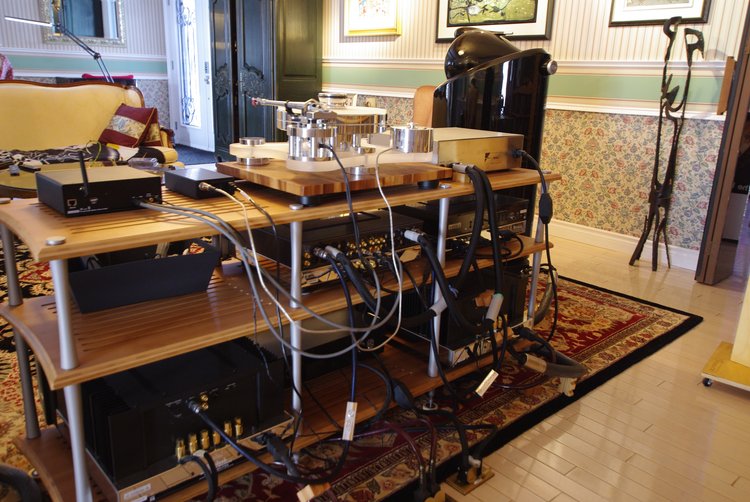
When I asked which he thought was the better investment, acoustic treatments or cabling, he shifted in his seat. “Oh, man. You’re putting me in a tight spot”, he said. “Audio enthusiasts believe in cables, yes and no. There’s obviously a scientific side to electronics, but it’s always my hearing that gets the last word.” Was he skeptical of specialist audio cables at first? “Somewhat, but then I thought too many people reported hearing differences between cables for it to be just a myth. The way I see it is that a cable is a laboratory instrument, and lab instruments are very precise and many variables can affect that instrument’s performance. It’s like room acoustics; so much happens on a micro level. Open a towel in a bathroom and the acoustics change. Everything makes a difference. And I’ve heard big differences from both cables and room treatments so to me they’re equally important.
“You know, some people like to say that audio cables are like a placebo. That because you spent a lot of money on a cable you convince yourself that it really makes an improvement. But no, I’ve had expensive cables that made my system sound worse, and I changed them.” JF now uses DR Acoustique Silver Alliance cabling throughout.
I asked what it was about the sound of his system he liked most: “How dynamic the bass is when called for, mostly in rock, pop, or anything with a groove, and the natural timbres of acoustic instruments. I think I’ve achieved an ideal balance—for me—between the definition and the roundness of notes.”
The most amazing “tweak” he’s tried? “It’s when I connected my amps directly into the wall. They used to be plugged into an AC conditioner, and someone told me that maybe the AC conditioner was limiting the amount of current going into my amps, which could affect dynamics. So I had dedicated power lines installed, changed the wiring in my walls from 14 to thicker10 gauge so more current can pass through. It wasn’t an expensive job, but the difference it made in bass response and the spaciousness of the soundfield was incredible.”
I asked him about how his thinking as a hobbyist had changed from when he started in the audio game many years ago. “At first, I was haunted by the number of choices I had,” he said. “I’d wonder what the best amp was, the best cable for that amp was, the best preamp was… I wanted to build the perfect system right away. And I found that none of the audio magazines talked about it. I said to myself: ‘Man, wouldn’t it be fun if the audio magazines could give us step-by-step instructions on how to do it?’. You know, ‘Do this, do that, do this, and that’ll give you a great system!’
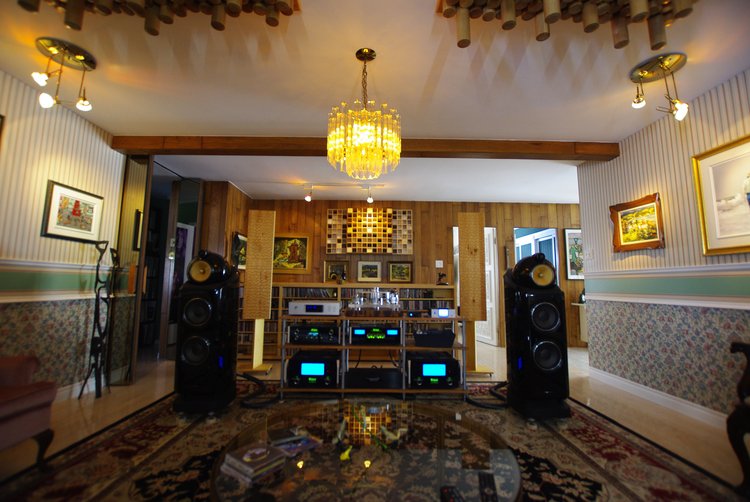
“Also, so much gear sounded good to me. Much better than what I’d been listening to. Then, one day, I said to myself, ‘yes, it’s better than what I had, but is it really what I want?’ You realize that, okay, it’s not that easy to put a system together that will completely satisfy you. Some things work better this way, some that way. You need time to figure things out.”
Did he have a piece of advice he’d give his younger self to help him along on his audio journey? “I’d tell myself, ‘Don’t be afraid to make mistakes’. There were too many things I didn’t know. People would ask me, ‘Do you want a bigger soundstage, better timbres, clearer highs?’, and I’d shrug and say, ‘I want better sound.’
“You realize at some point that the search for perfection doesn’t hold up. After I stopped running after that mirage, it became easier.”
What does he love most about the hobby, the one thing that keeps him coming back for more?
“Buying records, new music,” he said. “I’m not someone who constantly buys new gear. A lot of audiophiles like to buy stuff. I think it’s important to take the time to appreciate what you have so that you have a better idea of what to upgrade next.”
If you have a system you’d like to talk about in our “No, I have the best system in the world!” series, let us know by dropping us a line here.
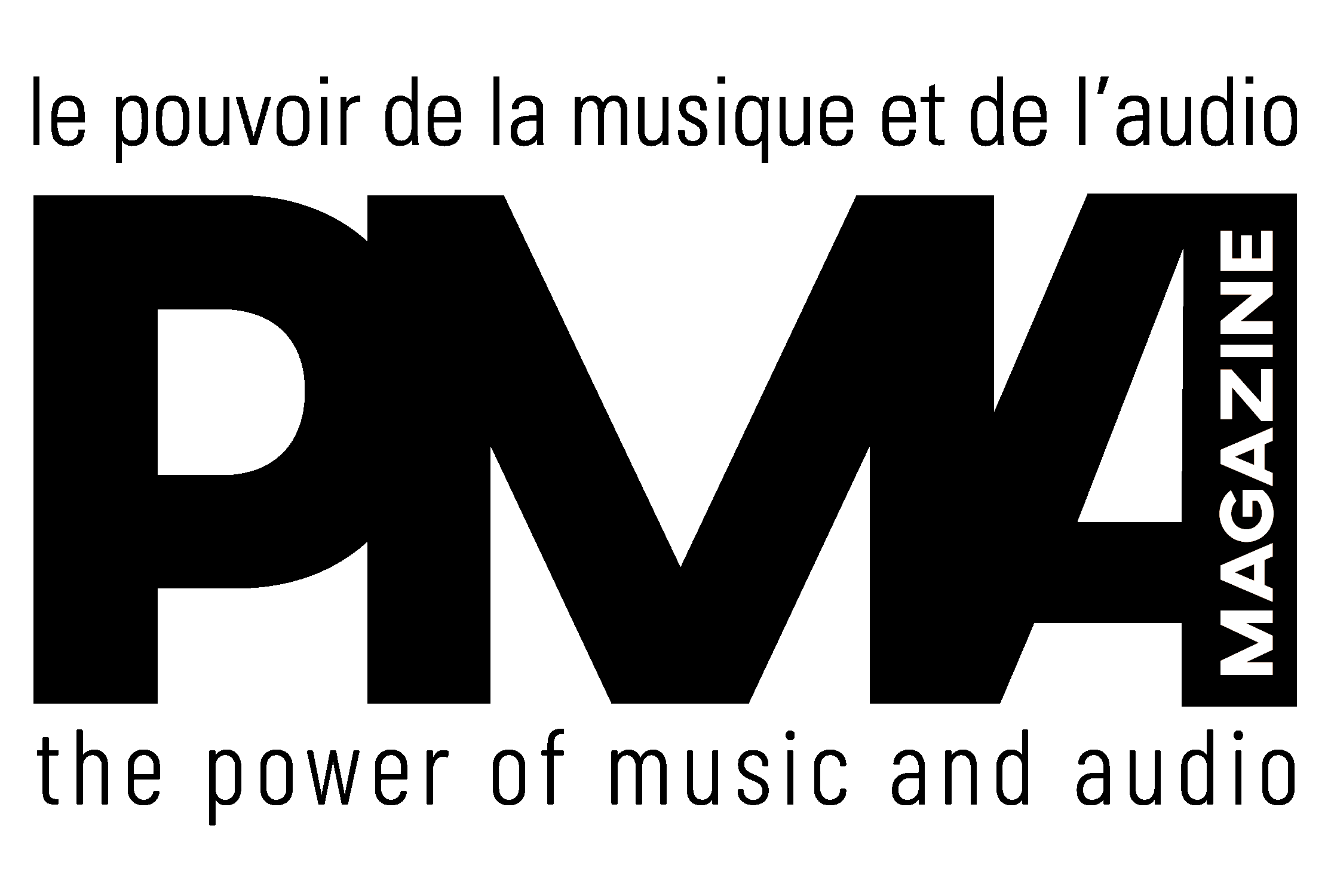

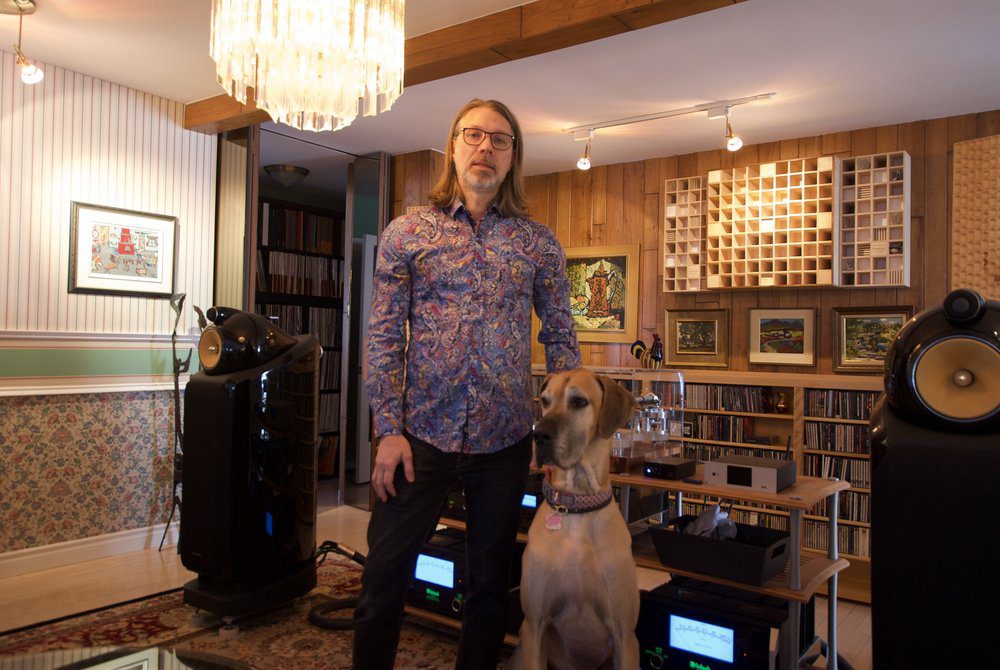



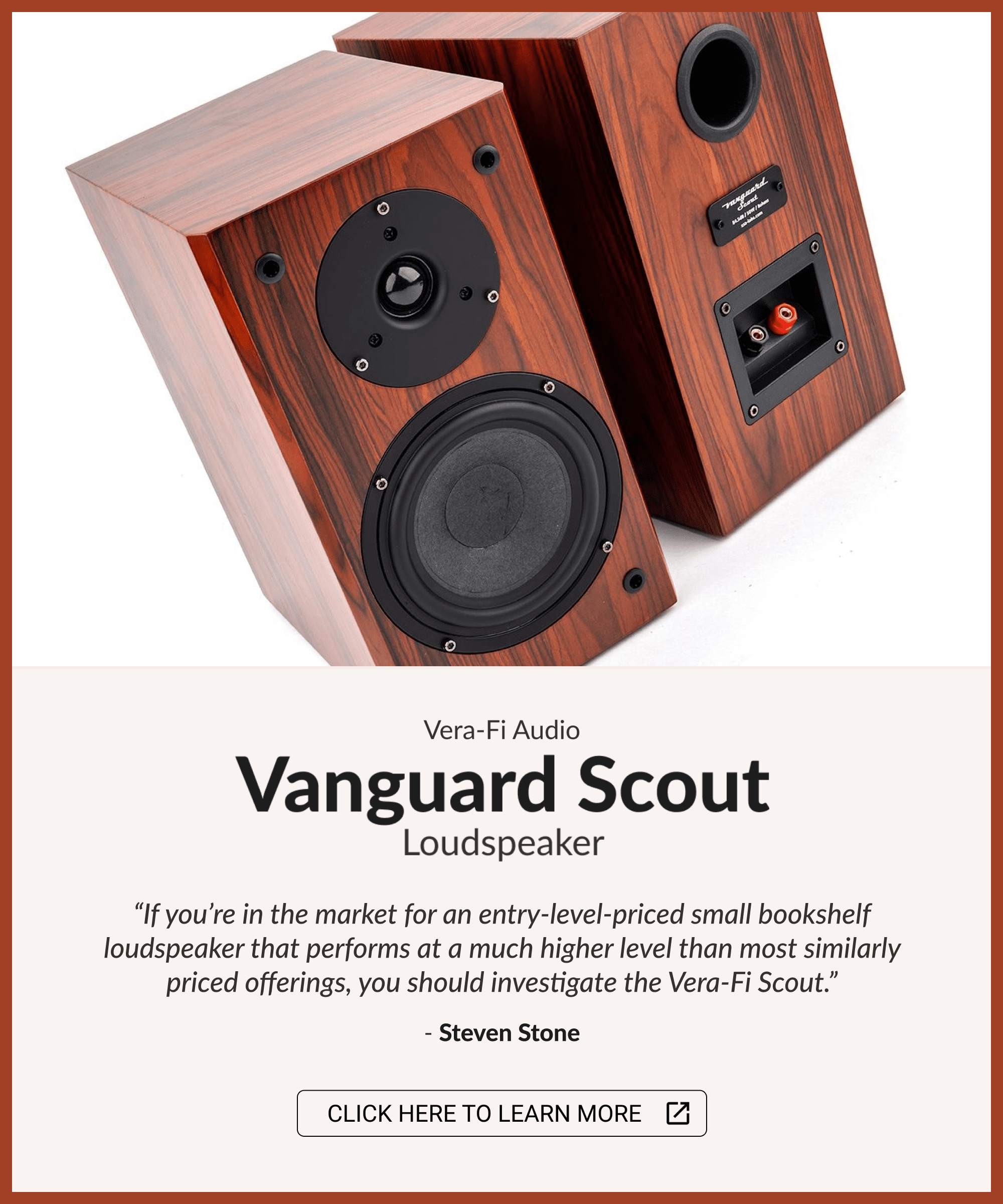









Leave a Reply